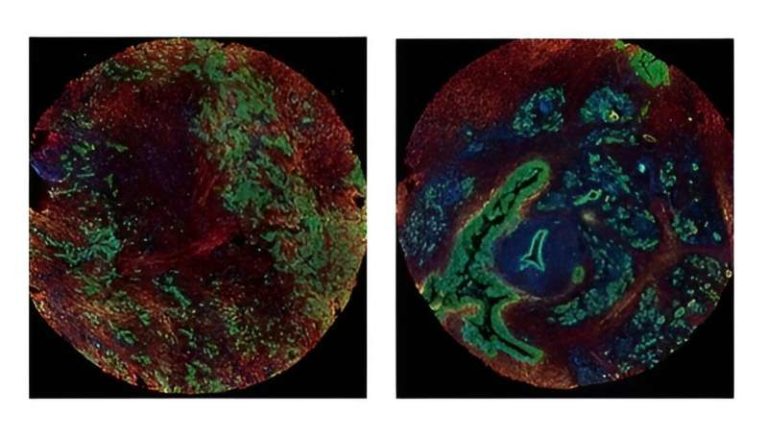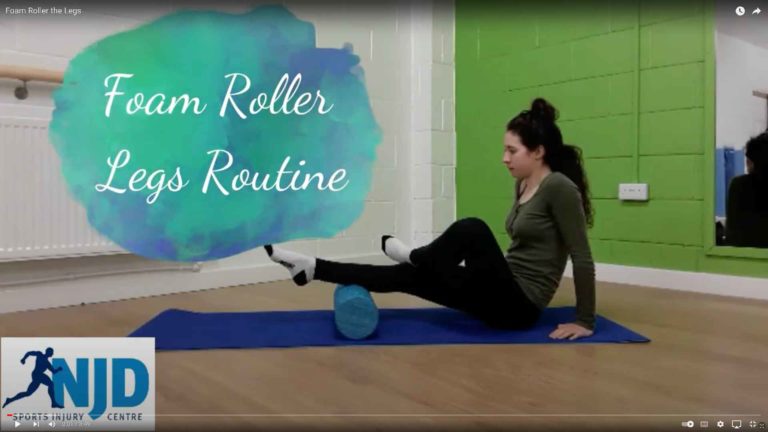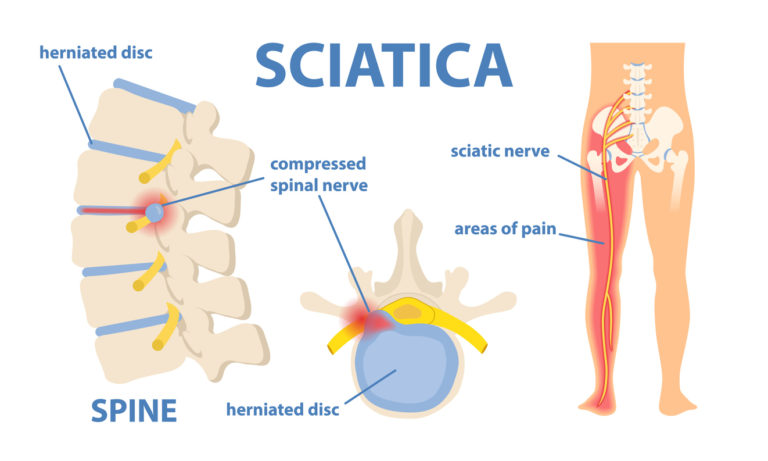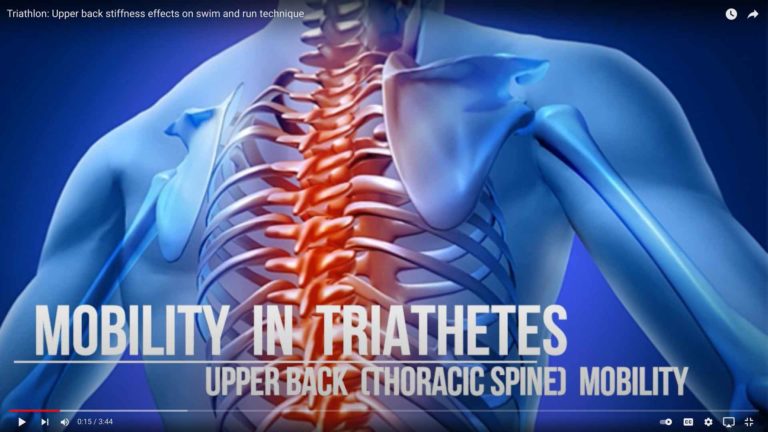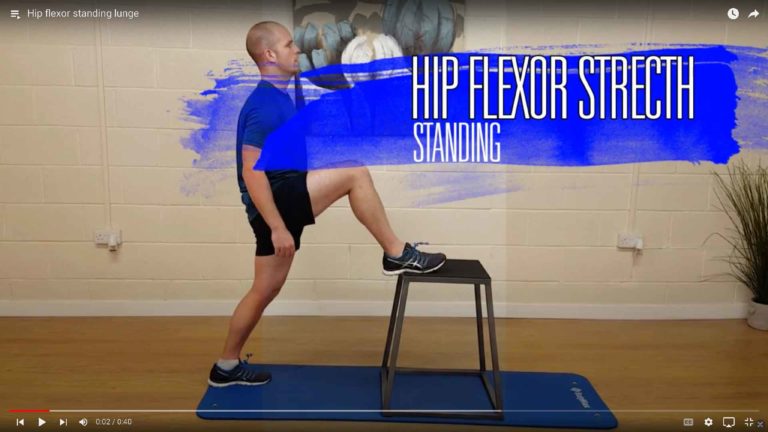Just as taking care of your business requires planning and preparation, so does taking care of yourself. As a massage therapist, very often we are the core of our business, so taking care of ourselves is vital. Nutrition should be at the top of this list.
Very seldom do you see a successful entrepreneur winging it, they spend the necessary time planning how to reach their goals, the same tenacious mindset needs to be applied to your health. So if you are struggling with a bit of extra padding around the waist and you know the biggest culprit are your eating habits at work, i.e. lack of time between clients, continue reading and try out some of my top tips for taking control and ridding yourself of some bad habits.
A person is believed to make more than 200 decisions about food each day, but we are only aware of a handful of these (1); the rest are driven by our subconscious, leading us to ‘mindless’ eating, causing overeating, or unhealthy choices (2). Below are eight helpful approaches a massage therapist can use to avoid snacking and make mindful, healthy food choices:
1. We under estimate the value of water! It is a great hunger suppressor as well as it fulfills our hydration needs! Add some lemon, mint or cucumber to it, helps to make it a bit more interesting. Have a poured glass or container always to hand, every time you think of food take a couple of good swigs. You do not have to drink 2-3 litres a day to achieve your hydration requirements, but sipping it throughout the day will allow the body to absorb it as and when needed.
2. Pre-planning and preparing meals to bring to work can help eliminate the temptation to choose unhealthy options, I know, I hear what you’re saying, who has the time to prepare the meals for the day, never mind the week?! However, it is easier than you think. Start off by using leftovers from meals. When you make something for dinner, always make extra, be it soup, chilli or stews, make more than you need, freeze it in one-meal size containers to grab out of the freezer when you need it.
3. Try not snacking between meals, this belief that we must continually eat does not allow the body to enter into a state of optimum hormonal balance. We actually should avoid snacking and rely on our meals to remain satiated. But if you are on the edge of chewing on a piece of leather because you’re so hungry then have snacks placed in strategic places. I leave some in my car, at work, in my bag, usually mine go out of date before I eat them. Avoid snack bars that are not the healthy choice you think they are.
4. It can be tempting when there is a rare moment of spare time to fill the time by eating when we can’t think of anything else to do, being bored and being hungry are often confused. Instead of snacking going for a walk around the block for just ten minutes can boost energy and blood flow, helping you feel more refreshed for your next client laden with sugar. Don’t be fooled by the packaging, natural honey is still sugar! Try the raw packs of nuts instead.
5. Plan to eat at set times, or as close as possible if you have an unpredictable schedule, by ensuring there is a specific time and routine for meals helps you to be prepared for it, reducing the chance of making a last minute dash to the shop and buying something unhealthy simply for the convenience, it will also help you eat mindfully, rather than rushing through it.
6. Eat food that you like; by denying yourself foods you like in favour of foods that you think that you should be eating it is more likely that you will end up binging on unhealthy foods once you get home as a reward for sticking to ‘doctors orders’. If you feel like you want to eat chocolate, eating a small amount of chocolate will be better than eating a king-size bar once cravings catch up with you; everything in moderation. I have found that over time by replacing my cheats with things that are healthier and meet the criteria for being enjoyable I do not have the desire or time to eat the crap!
7. Eat with people; studies have shown that eating with other people will help reduce the amount you eat, as you are interacting and sharing your attention on something other than eating. Sharing food with people, or just one other person has been shown to release endorphins, and can help unload any stress you might be holding following one client, before working with the next.
8. Change crisps and chocolate for cucumber, carrots, celery sticks, peppers etc. with hummus. This is not only tasty but it delivers the nutrients slowly so you do not end up experiencing the highs and lows that simple carbohydrates and sugars do.
By keeping to these 8 tips, it is likely you will feel more alert, and be able to work with each client with the same enthusiasm and care as the last, while also maintaining a healthy body and mind.
References
1. Wansink, Brian, and Jeffery Sobal. “Mindless eating: The 200 daily food decisions we overlook.” Environment and Behavior 39, no. 1 (2007): 106-123. – accessed 13/01/2020
2. https://www.healthline.com/nutrition/13-tips-to-stop-mindless-eating – accessed 13/01/2020
Not joined up yet?
There’s plenty of reasons to join the LCSP Register
Insurance Partners
Our dedicated team can tailor individual policies to suit your specific needs
Workshops
Keep your skills up to date with CPD Workshops and courses
Business Support
Advice tailored to working in the private sector
Find a Therapist
Our directory of therapists searchable by the general public
Welfare Officer
Supporting members who may have situations of difficulty where they need assistance, guidance or reassurance.

